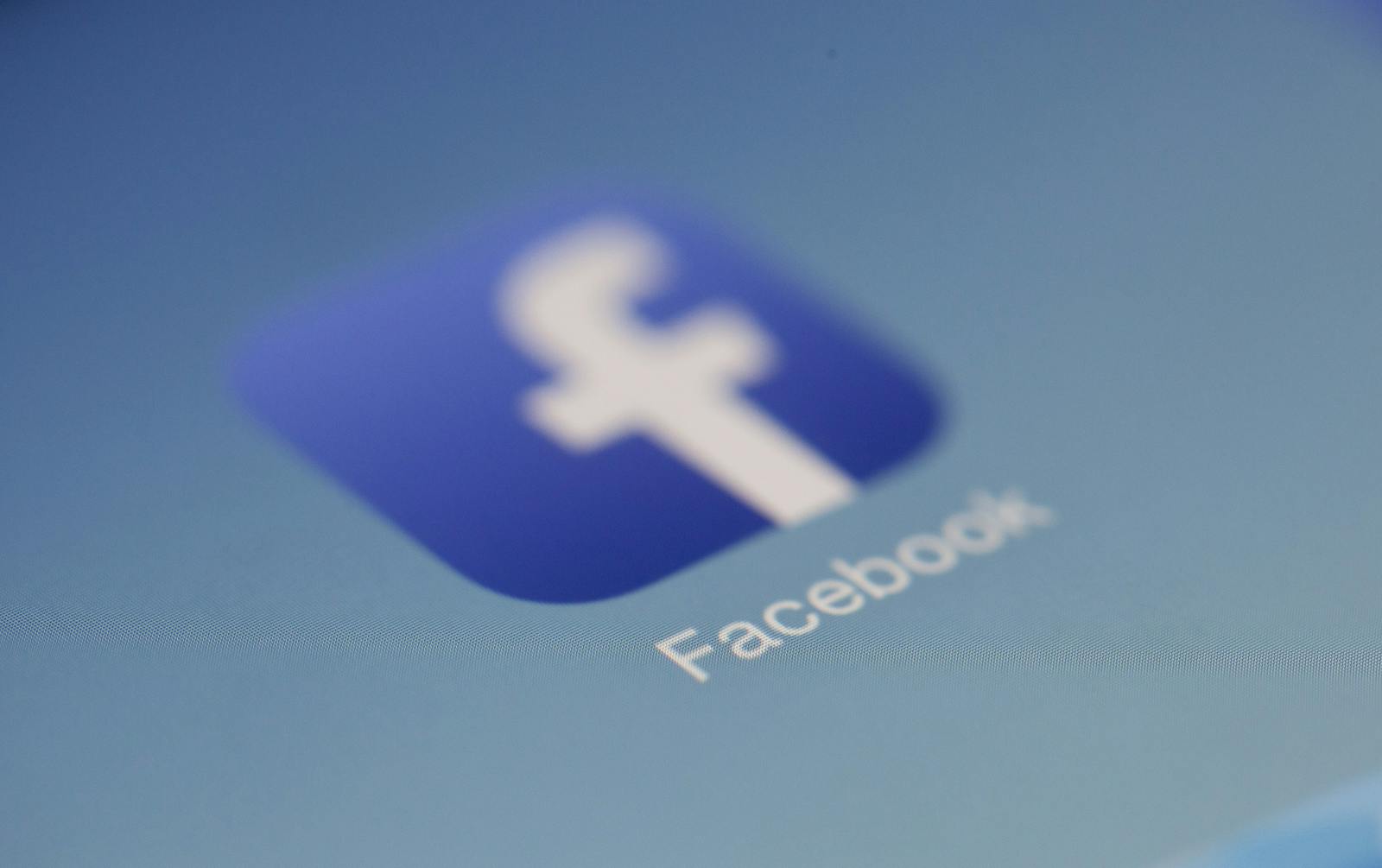In the digital world, getting your Facebook page verified with a blue or gray badge is a significant achievement. It not only boosts your credibility but also ensures that your audience knows they’re engaging with the authentic you or your business. So, if you’re wondering how to get your Facebook page verified, you’re in the right place. Let’s dive in step by step.
What Does Facebook Verification Mean?
Facebook verification is a process where Facebook confirms the authenticity of a page or profile. Verified pages get a badge, which can be:
- Blue Badge: For public figures, celebrities, and global brands.
- Gray Badge: For local businesses or organizations. (Note: This badge was discontinued in 2020, so the focus remains on the blue badge.)
Why Should You Get Your Page Verified?
The benefits of a verified page go beyond just aesthetics:
- Trustworthiness: Audiences trust verified pages more.
- Search Priority: Verified pages appear higher in Facebook searches.
- Protection Against Impersonation: Prevents fake pages from misleading your audience.
- Enhanced Engagement: A verified badge can attract more followers.
Who Can Get Verified on Facebook?
Not everyone qualifies for verification. Your page must meet these criteria:
- Authenticity: Your page must represent a real person, business, or entity.
- Uniqueness: Only one page per entity can be verified.
- Completeness: The page must be active, with all fields filled out and at least one post.
- Notability: The page should represent a well-known brand, person, or organization.
Step-by-Step Guide to Get Your Page Verified
Here’s a detailed walkthrough on how to get your page verified on Facebook.
Step 1: Prepare Your Page for Verification
Before applying, ensure your page is complete and authentic:
- Add a profile picture and cover photo.
- Write a detailed About section.
- Include your website link and other contact information.
- Post regularly to show activity.
Step 2: Go to the Verification Request Form
- Navigate to Facebook’s Verification Request Page.
- Log in to the account managing the page.
Step 3: Fill Out the Form
Here’s what you’ll need to provide:
- Official Documents: Include business licenses, tax filings, or articles of incorporation if it’s for a business.
- Category Selection: Choose your page’s category, such as musician, influencer, or company.
- Region: Specify the country where the page is primarily based.
- Reason for Verification: Explain why your page should be verified.
Step 4: Submit Proof of Authenticity
Upload documents that prove your page’s authenticity:
- For individuals: A government-issued ID like a passport or driver’s license.
- For businesses: Articles of incorporation, utility bills, or an official business license.
Step 5: Add Links to Boost Credibility
Provide URLs to external resources that show your notability:
- Press articles
- Interviews
- Your official website
Step 6: Submit the Request
Once everything is filled out, click Submit. Facebook will review your application and notify you via email.
Tips to Increase Your Chances of Verification
Even if your first attempt is unsuccessful, these tips can help:
- Build an Online Presence: Get featured in articles, blogs, and media outlets.
- Engage with Your Audience: Post regularly and interact with followers.
- Use Ads: Facebook often prioritizes pages that invest in ads.
- Maintain Professionalism: Avoid posting controversial or inappropriate content.
What Happens After Submission?
- Facebook typically takes 48 hours to 45 days to review your request.
- If approved, you’ll see the verification badge on your page.
- If denied, Facebook allows you to reapply after 30 days.
Common Reasons for Rejection
Sometimes, Facebook may deny verification. Here’s why:
- Incomplete Information: Missing details in your application.
- Low Activity: Inconsistent posting or engagement.
- Lack of Publicity: Limited online presence outside Facebook.
What to Do If Your Request is Denied
Don’t lose hope! Follow these steps:
- Enhance Your Profile: Add more information to your page.
- Increase Media Coverage: Get mentions in reputable outlets.
- Wait and Reapply: Improve your page and reapply after 30 days.
Alternatives to Facebook Verification
If verification seems out of reach, consider these options:
- Boost Ads: Facebook ads can help increase your page’s visibility and credibility.
- Collaborate with Influencers: Partner with verified accounts to promote your page.
- Leverage Other Platforms: Build authority on Instagram, YouTube, or LinkedIn.
Final Thoughts
Getting your Facebook page verified might take effort, but the benefits are well worth it. Follow this guide, stay consistent with your efforts, and focus on building credibility. The blue badge can significantly enhance your page’s reputation and help you stand out in a crowded digital space.
Key Takeaways
- Keep your page complete and active.
- Engage with your audience regularly.
- Use media coverage to build credibility.
If you found this guide on how to get your page verified on Facebook helpful, share it with others who might benefit. Good luck on your journey to verification!
For further reading, explore these related articles:
- Easy Guide to Audio and Video File Formats for Everyone!
- How to Add Your Own Music to Instagram Stories: A Simple Guide for Everyone
For additional resources on music marketing and distribution, visit Deliver My Tune.






